When it comes to building a balanced, strong, and healthy body, understanding the main muscle groups is essential. A thoughtful approach to training ensures you target all the major areas, leading to better posture, improved athletic performance, and a reduced risk of injury.
Let’s break down the primary muscle groups, their importance, and the best exercises to work them effectively.
The Six Major Muscle Groups
-
Chest (Pectorals)
The chest muscles, or pectorals, are responsible for pushing movements, such as pressing a weight away from your body. Strong pecs support daily activities like pushing doors or lifting objects, and contribute to a strong, athletic appearance.
Top exercises: Bench press, push-ups, chest fly. -
Back (Latissimus Dorsi, Trapezius, Rhomboids)
A strong back improves posture and balance, reduces back pain, and supports almost every movement involving pulling. It also protects the spine and stabilizes the core.
Top exercises: Pull-ups, rows, deadlifts. -
Legs (Quadriceps, Hamstrings, Glutes, Calves)
The legs house some of the largest and strongest muscles in the body. Training your lower body builds overall strength and athleticism, and also supports knee, hip, and ankle stability.
Top exercises: Squats, lunges, Romanian deadlifts. -
Shoulders (Deltoids)
Strong, mobile shoulders are critical for pressing, lifting, and stabilizing weight overhead. They also add width and symmetry to your physique.
Top exercises: Overhead press, lateral raises, front raises. -
Arms (Biceps and Triceps)
Though smaller compared to other groups, the arms are vital for lifting, carrying, and many functional activities. Balanced arm development helps prevent injury and enhances upper body performance.
Top exercises: Bicep curls, tricep dips, tricep pushdowns. -
Core (Abdominals, Obliques, Lower Back)
The core is your body’s powerhouse, connecting your upper and lower body. A strong core improves balance, stability, posture, and functional strength for everyday activities and athletic performance.
Top exercises: Planks, Russian twists, hanging leg raises.
A Practical Muscle Group List and Exercises
Here’s a simple list of the major muscle groups paired with common exercises you can incorporate into your routine:
| Muscle Group | Examples of Exercises |
|---|---|
| Chest | Push-up, Bench Press, Dumbbell Fly |
| Back | Pull-up, Barbell Row, Lat Pulldown |
| Legs | Squat, Deadlift, Step-Up |
| Shoulders | Overhead Press, Dumbbell Lateral Raise |
| Arms | Bicep Curl, Tricep Pushdown |
| Core | Plank, Bicycle Crunch, Hanging Leg Raise |
What Are the Main Muscle Groups to Workout?
If you're short on time or just getting started, prioritize compound exercises that target multiple major groups at once. Movements like squats, deadlifts, push-ups, and rows stimulate several muscles together, giving you the biggest strength and fitness gains for your effort.
However, as you advance, it’s important to train all muscle groups with proper attention. This prevents imbalances that can lead to injury and ensures full-body strength and functionality.
Final Thoughts
Understanding the main muscle groups — and how to effectively work each — is a foundation for any successful training program. Whether you’re training for strength, aesthetics, endurance, or general health, a balanced approach to all major areas of the body will help you perform better, feel stronger, and move more confidently every day.
Train smart, stay consistent, and always listen to your body. Building a strong foundation pays off for a lifetime.




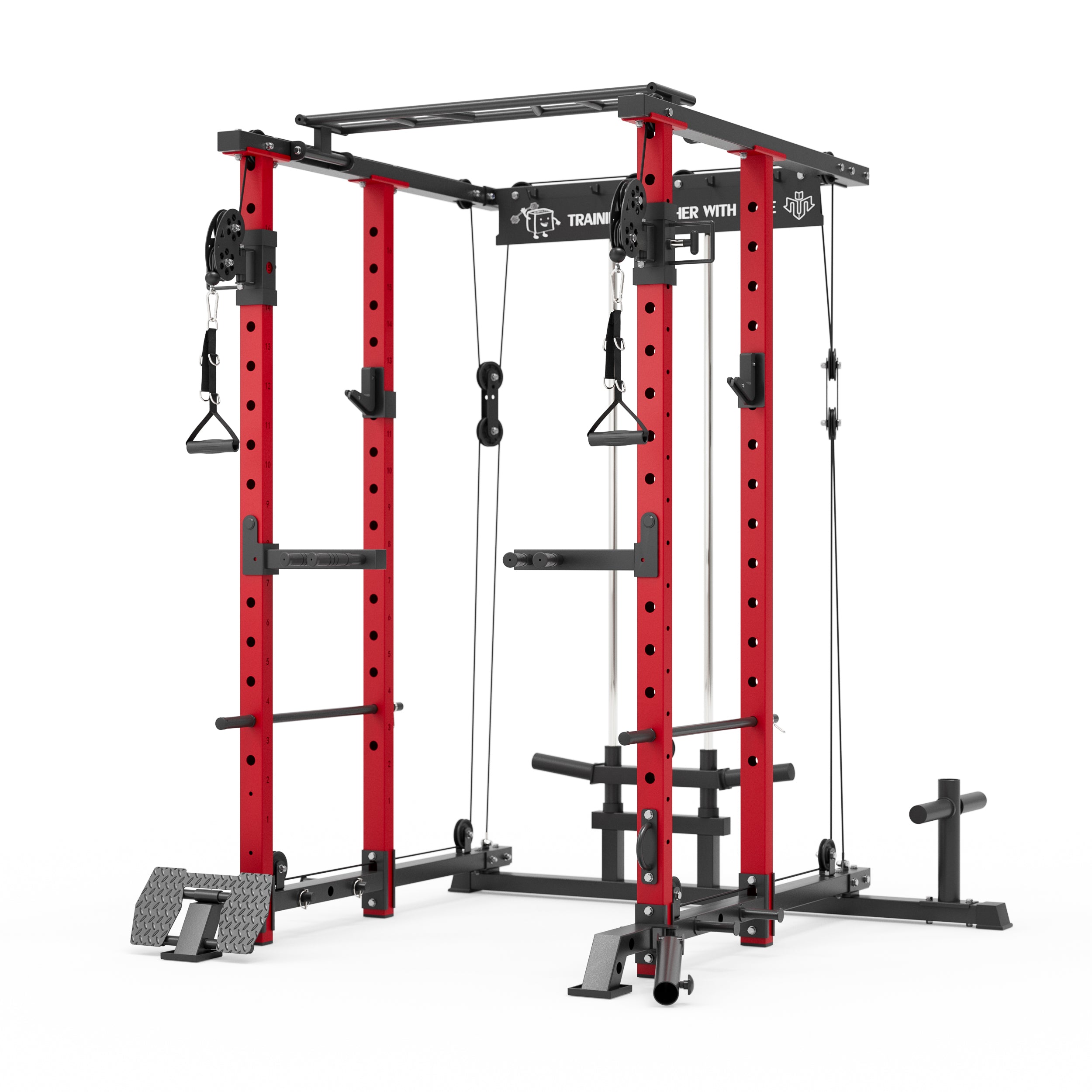


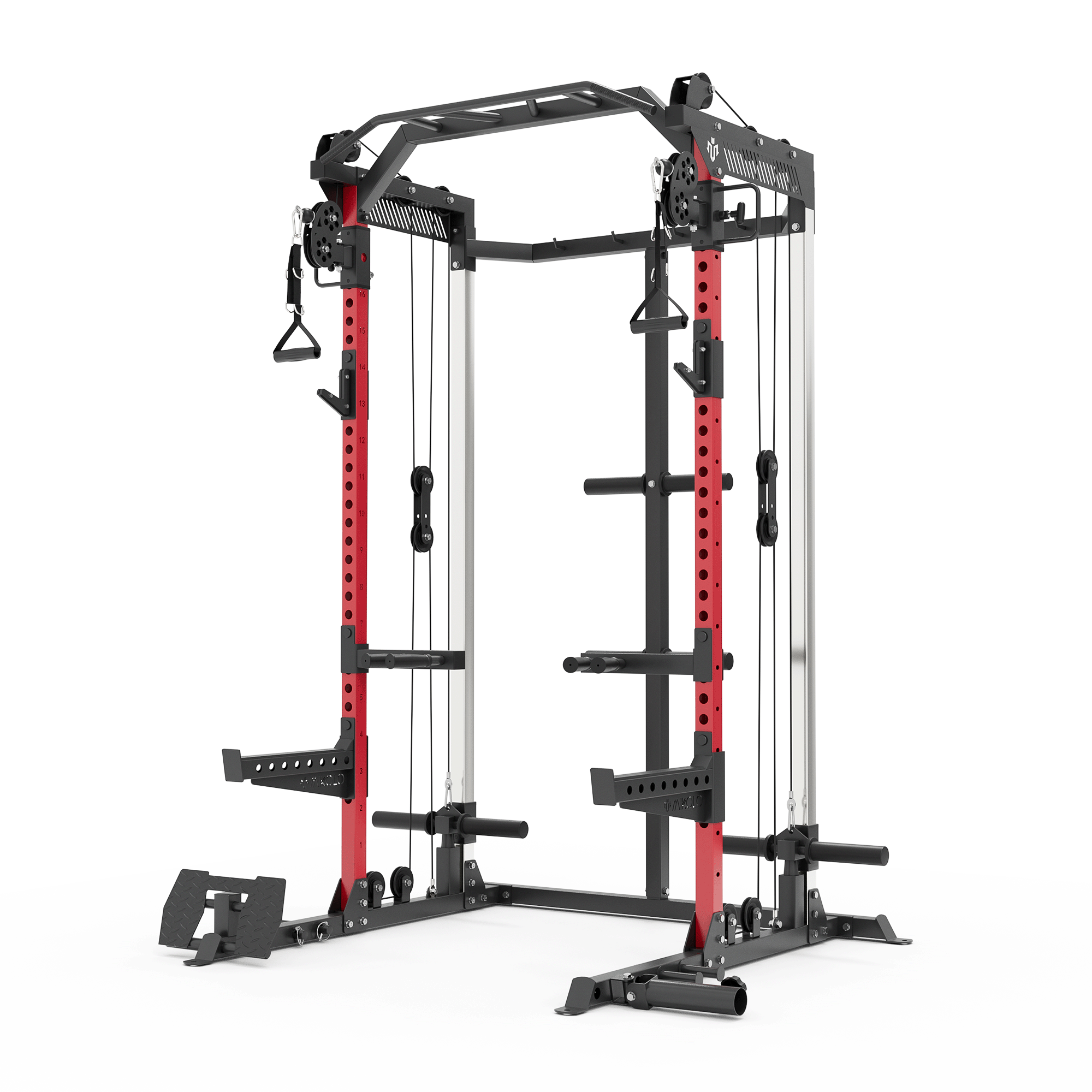




















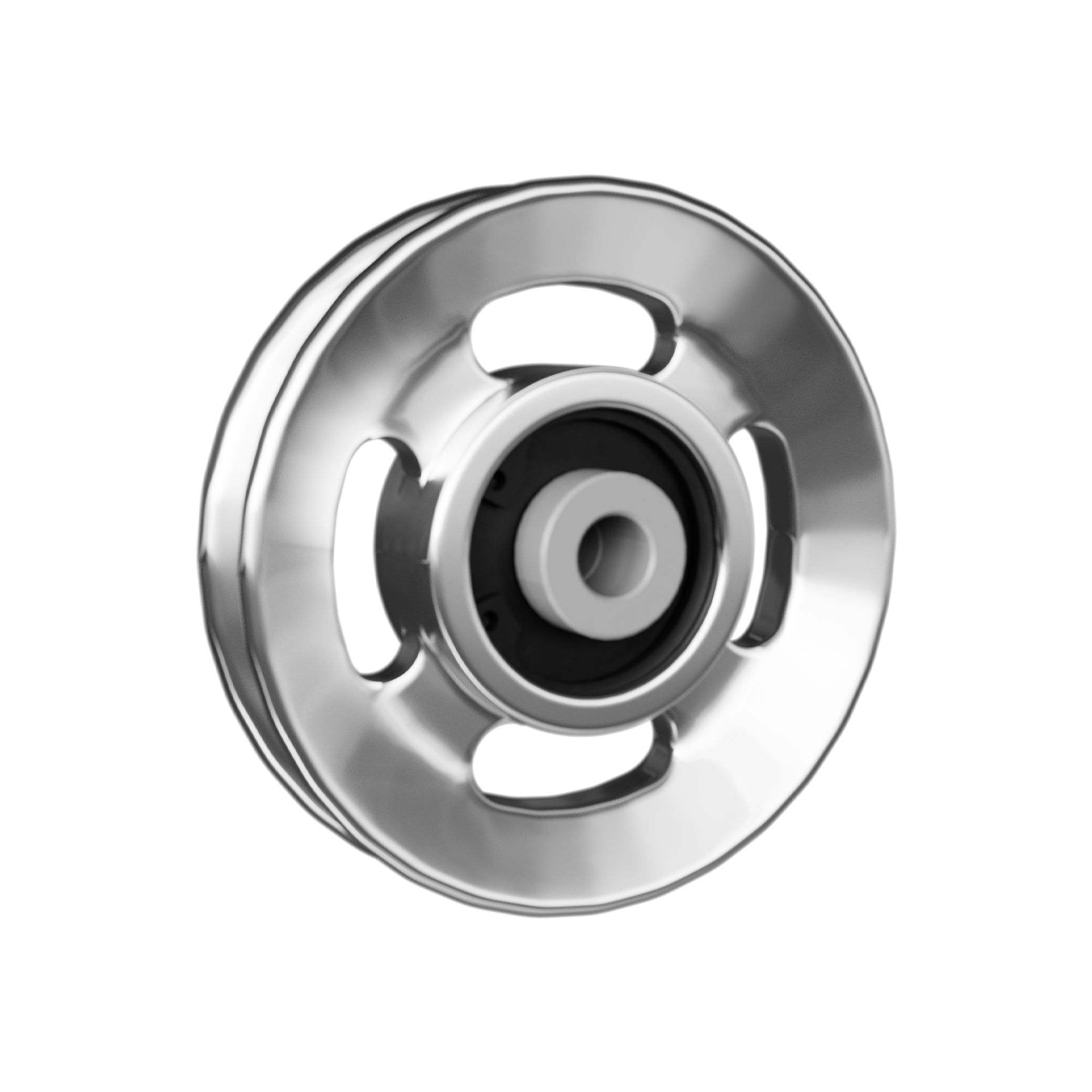



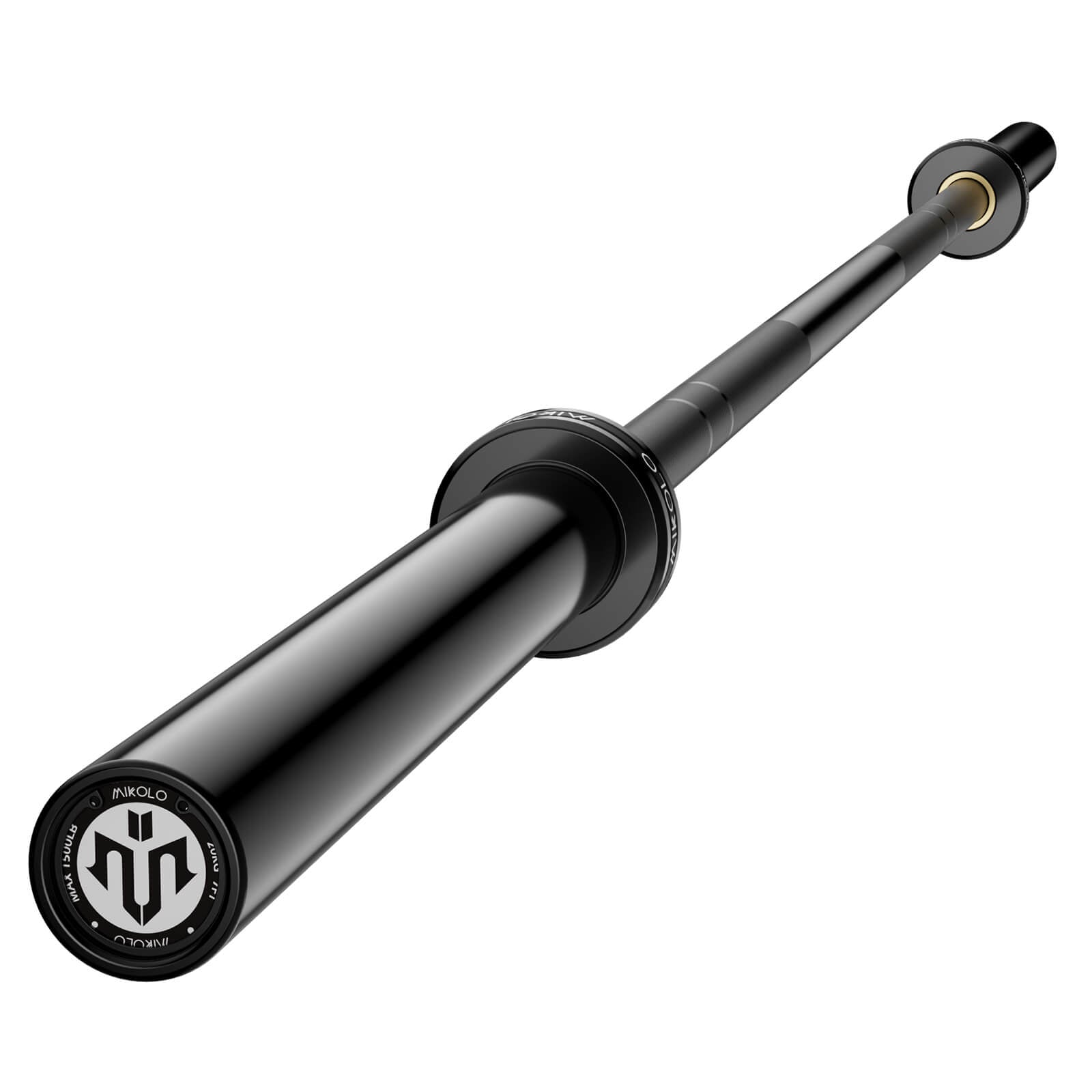




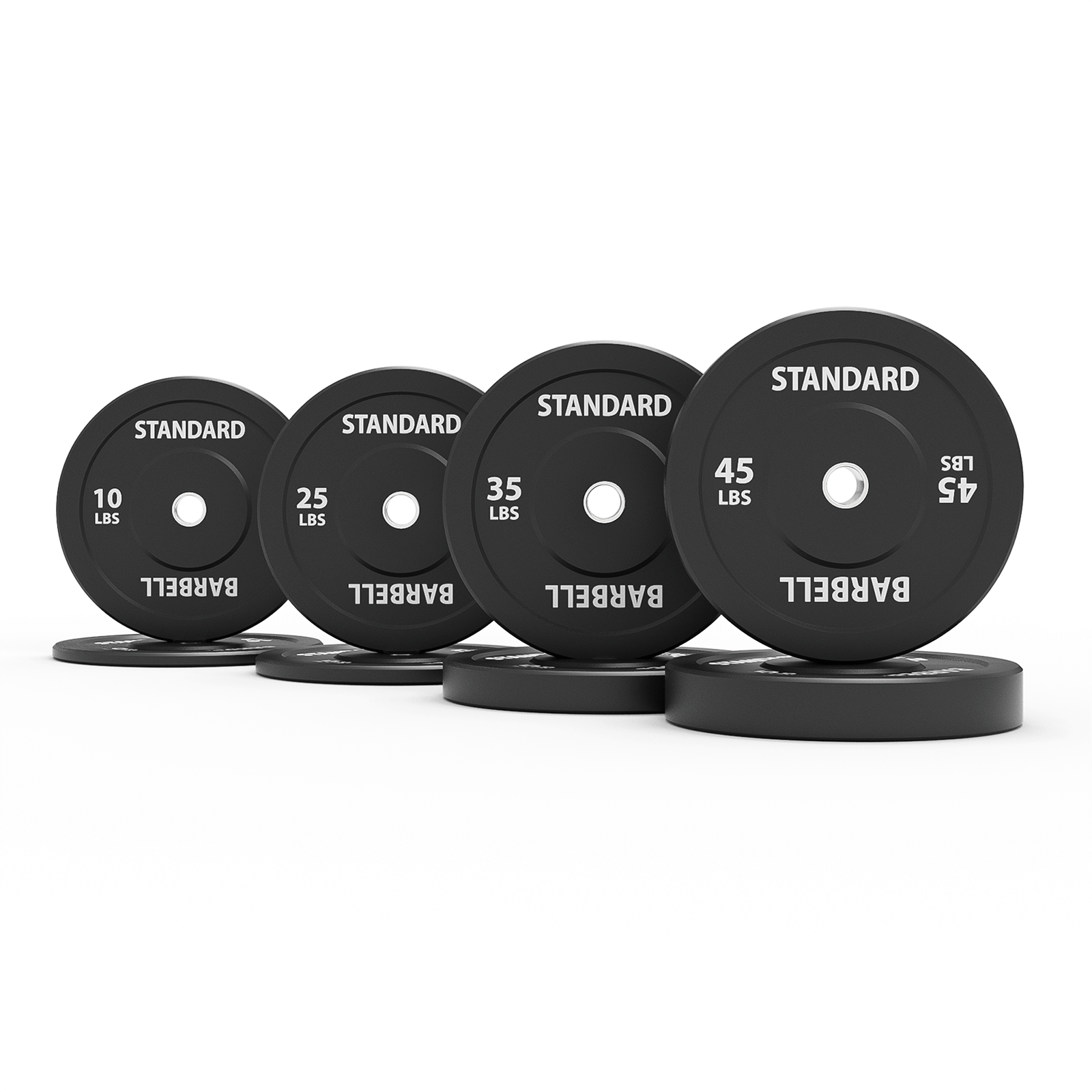




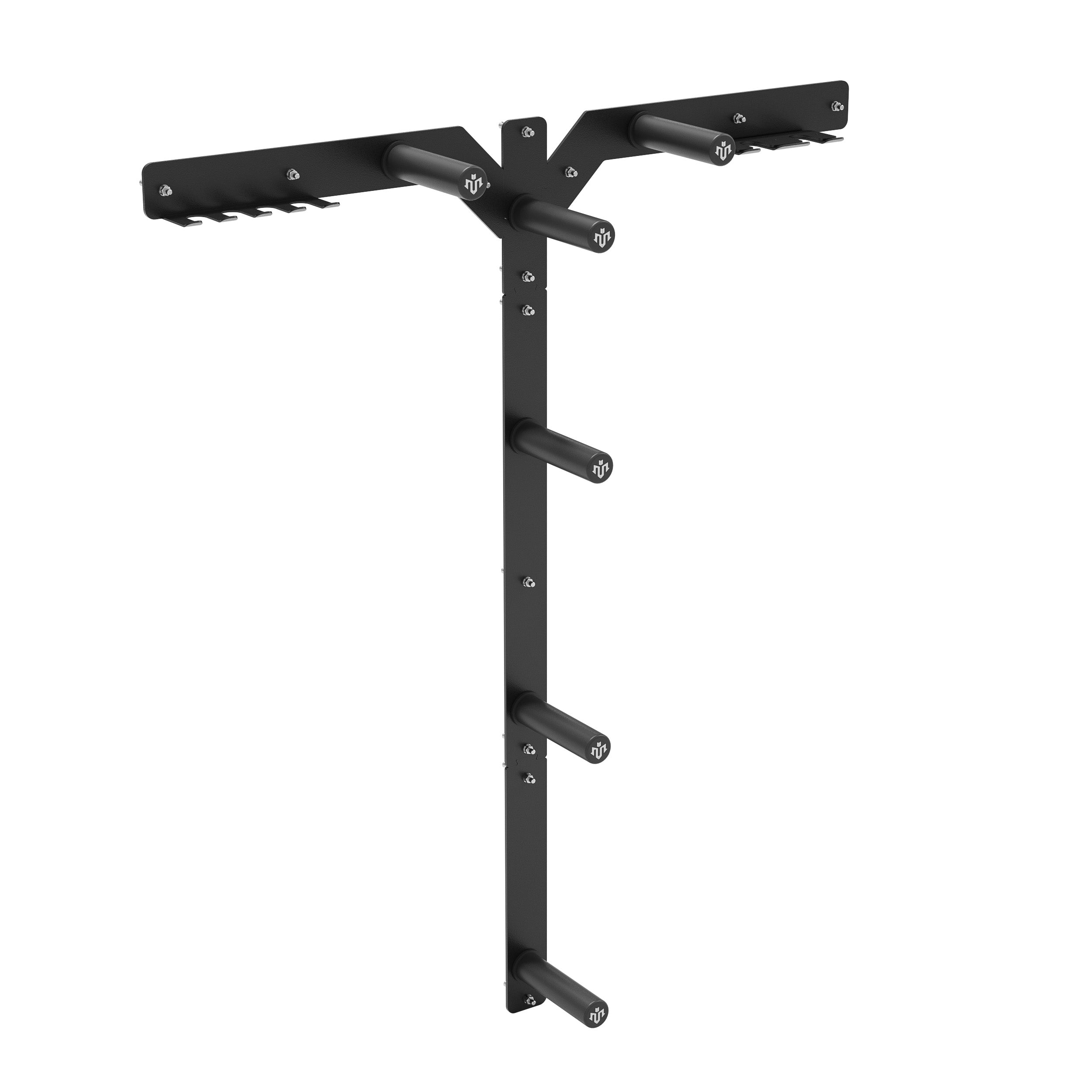




Leave a comment
This site is protected by hCaptcha and the hCaptcha Privacy Policy and Terms of Service apply.